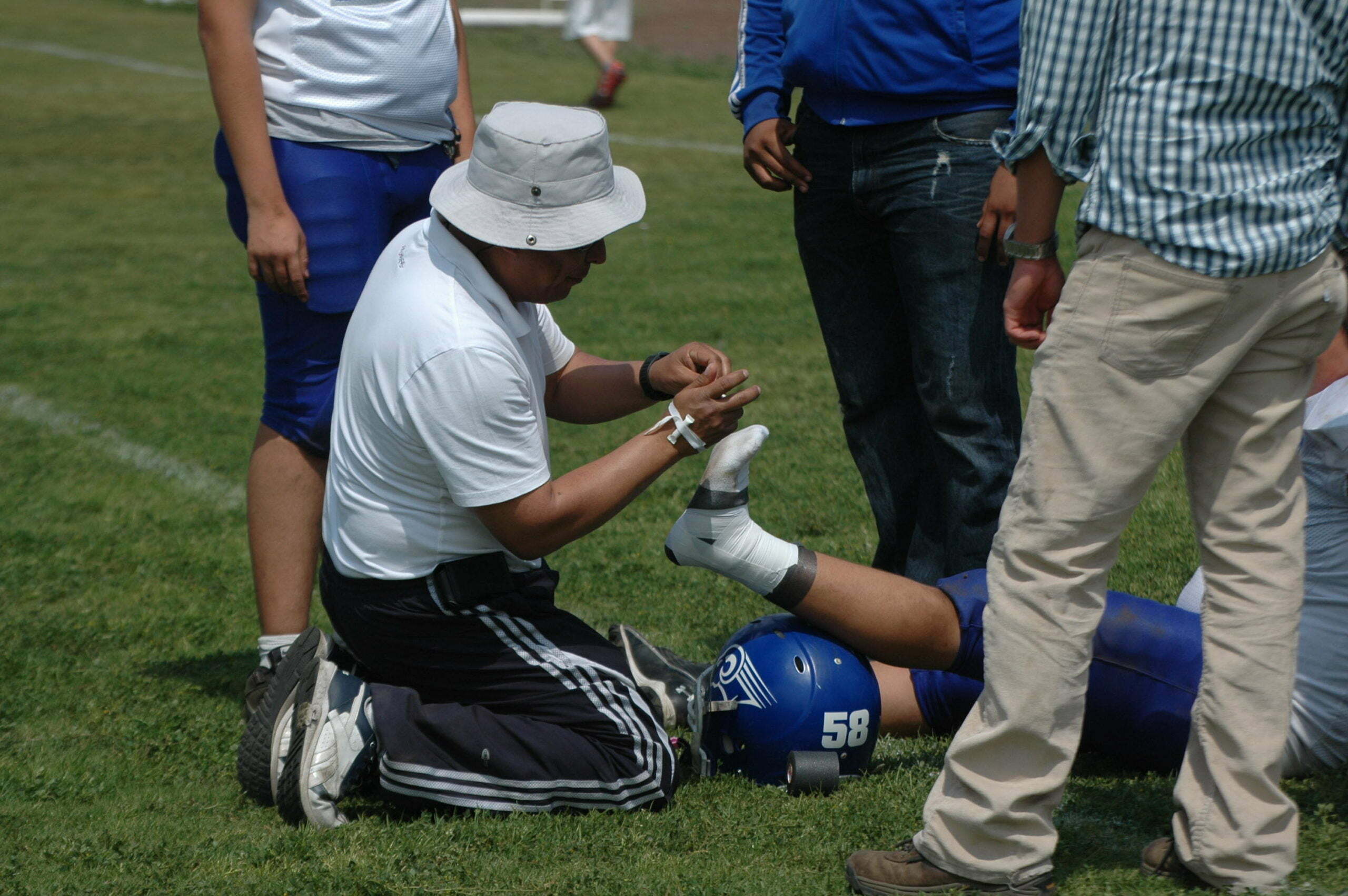Keith Scott is a Certified Athletic Trainer (ATC) via the National Athletic Trainer’s Association and a Certified Strength and Conditioning Specialist (CSCS) through the National Strength and Conditioning Association. Keith received his Master’s Degree in Exercise and Sports Science with a concentration in Sports Medicine from the University of Arizona. During his 13 years in Tucson, he had the satisfaction and possibility to paint with hundreds of athletes every 12 months within his youth, with excessive college and university degrees.

Keith focused on damage prevention, surgical/injury rehabilitation, and Strength and Conditioning. He worked extensively with athletes of all tiers and many one-of-a-kind sports activities, with over 15 years working immediately with athletes in the trenches. Keith currently resides in Southern New Jersey. CB: Keith, how do you operate your heritage of athletic remedy while designing programs for human beings and taking them through their workouts? How would it possibly fluctuate from someone like myself with a bit of history within the region of Rehabilitation?
KS:
I have a robust heritage in evaluation, so I take a lot more time evaluating various movements in all-important joints (a few minor joints, too), muscle and tendon energy, joint integrity, and basic movement styles and mechanics.
I will take an entire session just doing an assessment sometimes. I also take thorough records on each person, locating preceding injuries, continual problems, aches, etc…. And no longer forgetting…The person revels in a degree in education.
Once I understand the person’s state of affairs, I lay out my applications just like I could have a rehab program for someone with an arm. After all, I have not begun to satisfy anyone who doesn’t have troubles, imbalances, or aches someplace, so it is not extraordinary. I first create a “problem listing” and form this system around that. For instance, if a person comes in with very tight hip flexors.
Tight dorsiflexors and horrible scapular control (like many people we probably see) go on my trouble list. I create an application around the one’s areas first and work on those matters properly away. I may not introduce exercising in those regions until we accurately know them or, at the very least, are on the street to correct them.




















